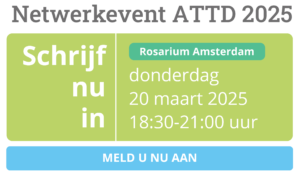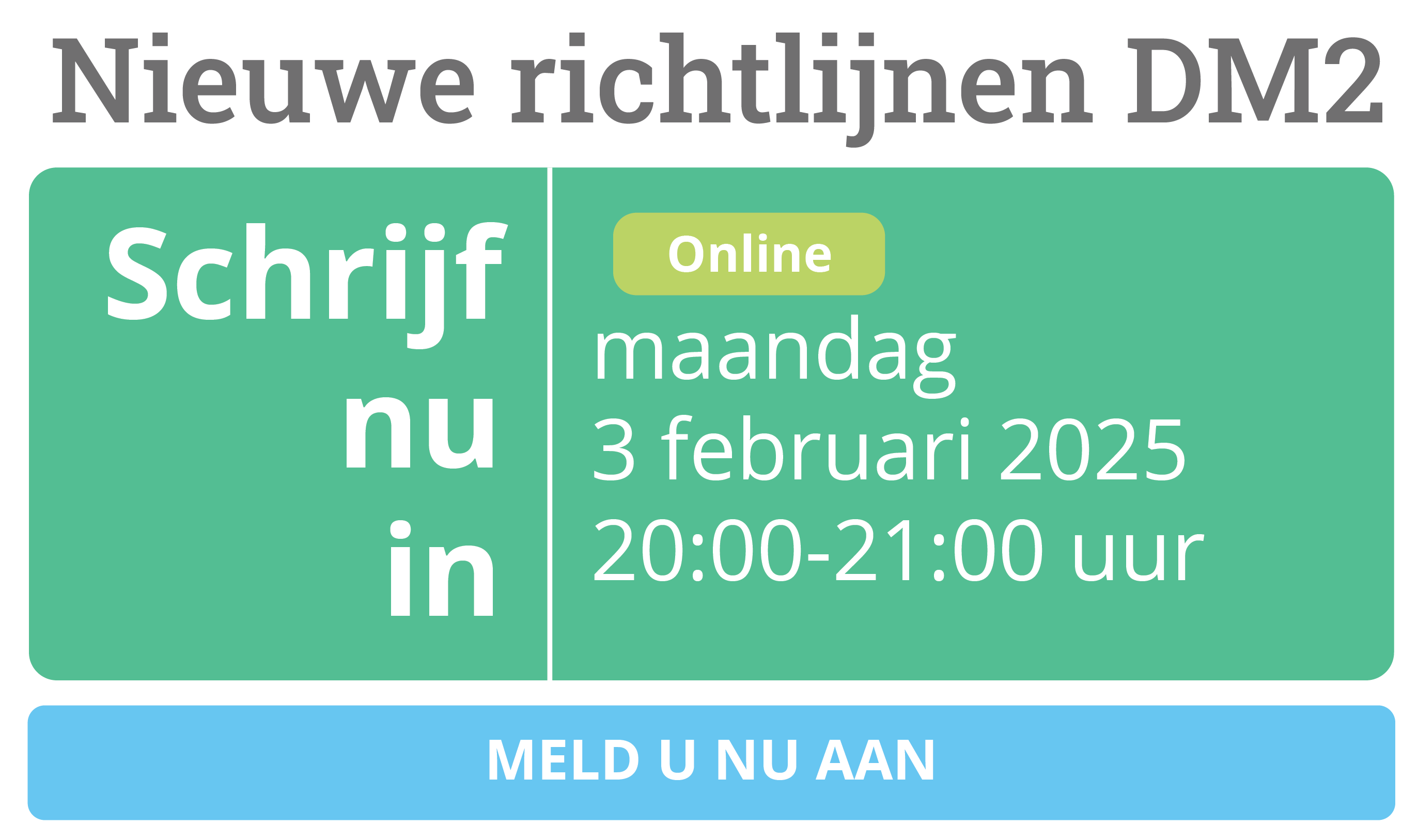OBJECTIVE
To determine effect of mini-dose, ready-to-use glucagon on incidence of exercise-associated hypoglycemia (EAH) in adults with type 1 diabetes.RESEARCH DESIGN AND METHODS
Individuals initially participated in the in-clinic training phase for which they were randomly assigned to a crossover design: 150 µg glucagon (treatment arm A) or placebo (arm B) subcutaneously, immediately before exercise, plus 50% reduction in continuous subcutaneous insulin infusion (CSII) basal delivery rate. Completers were then rerandomly assigned in the 12-week outpatient investigational phase: arm A, B, or open-label C, 150 µg glucagon alone. Participants were to undertake their usual aerobic exercise at moderate to high intensity for 30 to 75 min in real-world settings. Data were analyzed for incidence of level 1 hypoglycemia based on self-monitoring blood glucose and for various secondary and exploratory end points.RESULTS
Of 48 participants who completed the training phase, 45 continued to the outpatient phase. For all exercise sessions in the outpatient phase (n = 795), incidence of level 1 hypoglycemia was lower in both glucagon arms (A, 12% [P < 0.0001]; C, 16% [P = 0.0032]) than in the placebo arm (B, 39%). Times below range, in range, and above range from 0 to 300 min did not significantly differ among treatment arms. Consumed grams of exercise carbohydrates were lower with glucagon use than with placebo use but did not reach statistical significance (P = 0.12). Adverse events were similar among treatment arms.CONCLUSIONS
Mini-dose glucagon with or without 50% reduction in CSII basal delivery rate may help to decrease EAH incidence in adults with type 1 diabetes.



